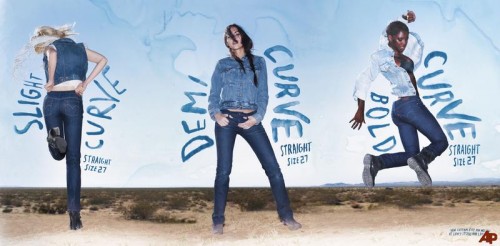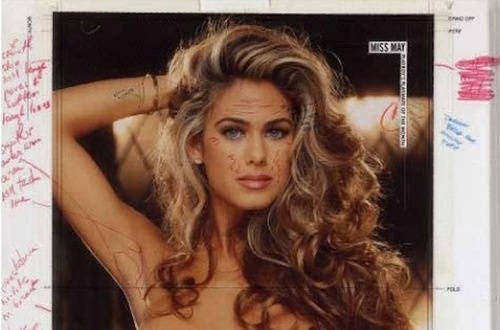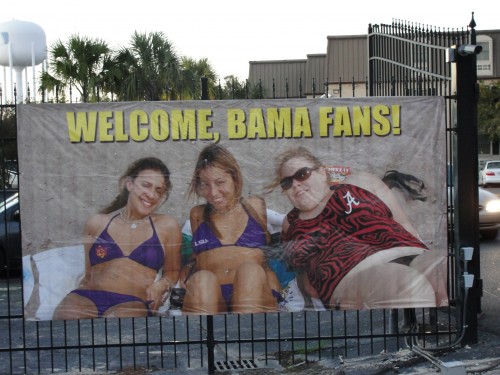Both Linda Jay and a colleague of mine, Dr. Caroline Heldman, drew my attention to the new Minnie Mouse-themed line at Forever 21. The line is a collaboration between Disney and the fashion outlet and the mouse has been re-modeled, so to speak.
What must one do to Minnie to make her an acceptable fashion icon? Starve her down to a stick figure, apparently.

Lisa Wade, PhD is an Associate Professor at Tulane University. She is the author of American Hookup, a book about college sexual culture; a textbook about gender; and a forthcoming introductory text: Terrible Magnificent Sociology. You can follow her on Twitter and Instagram.












